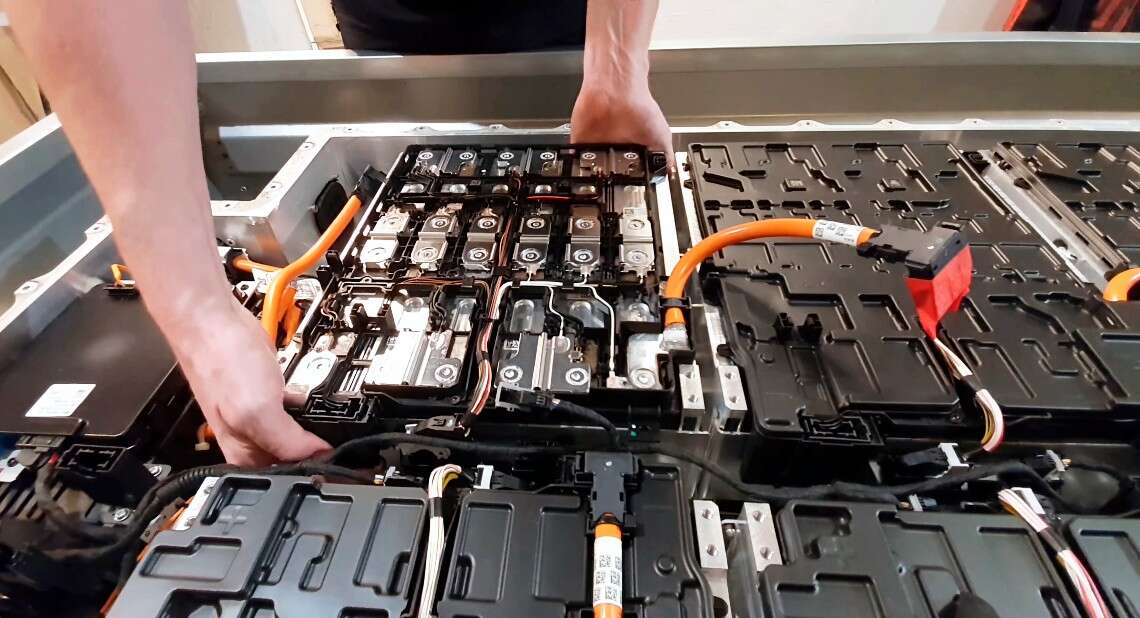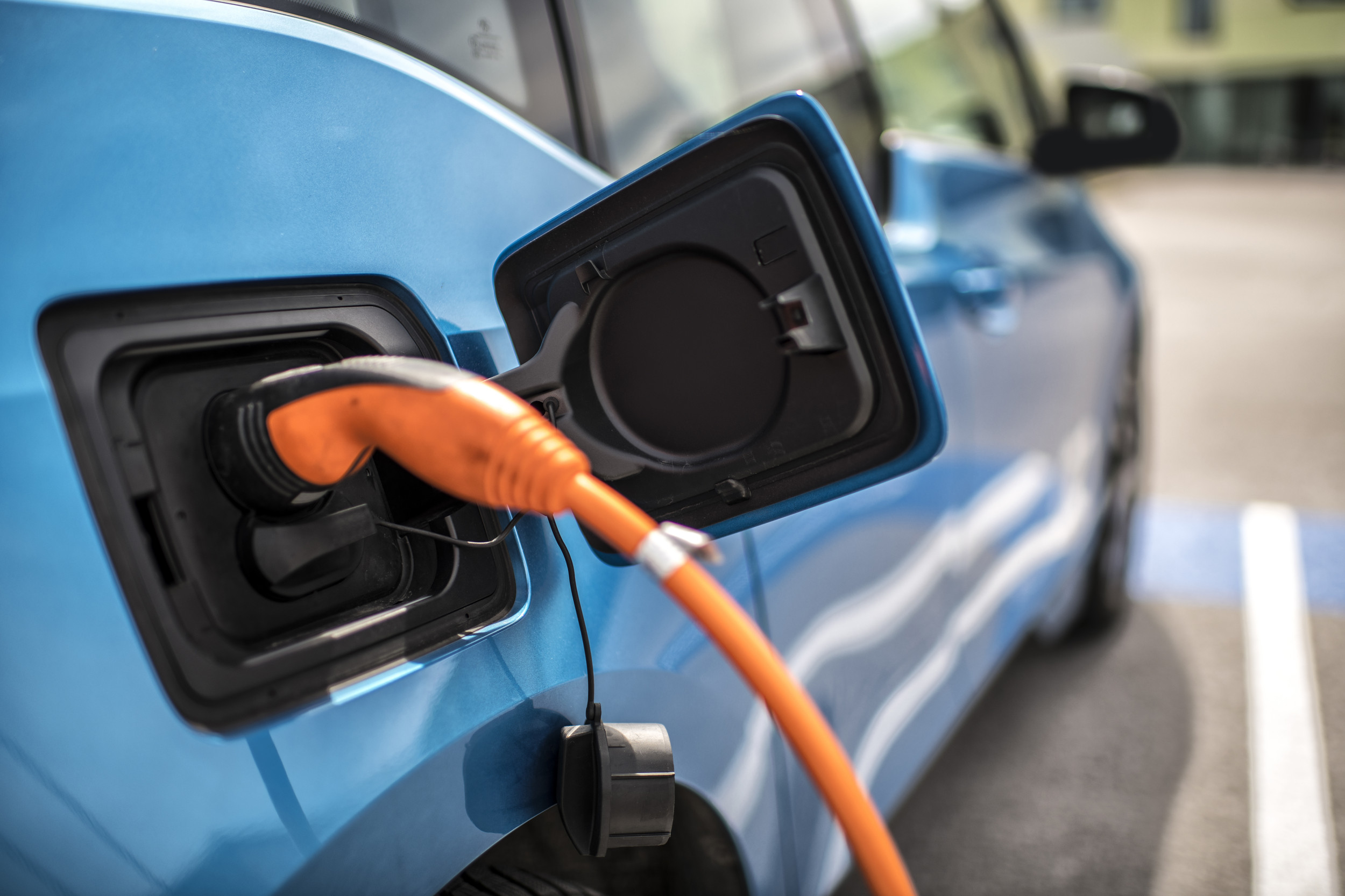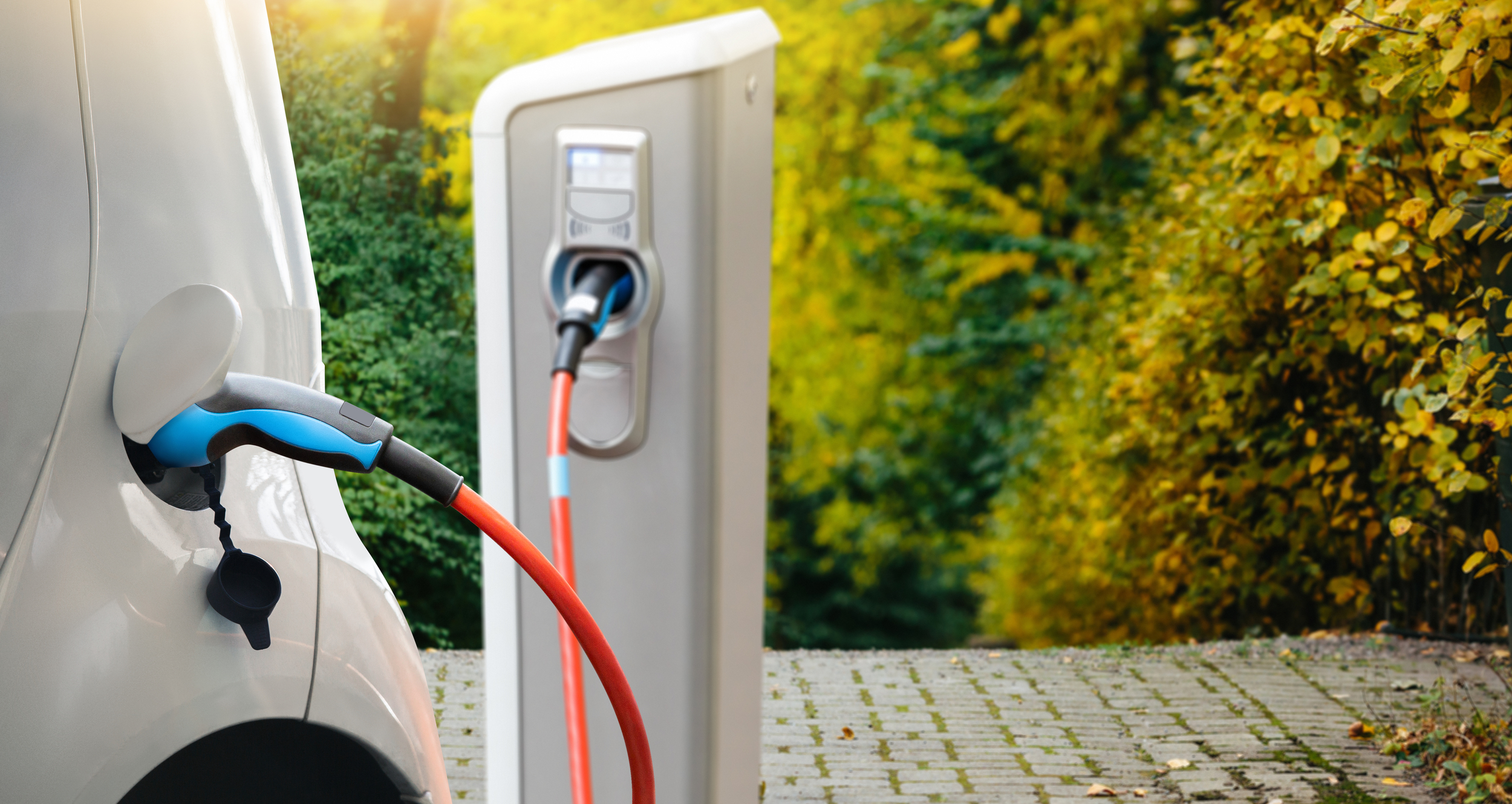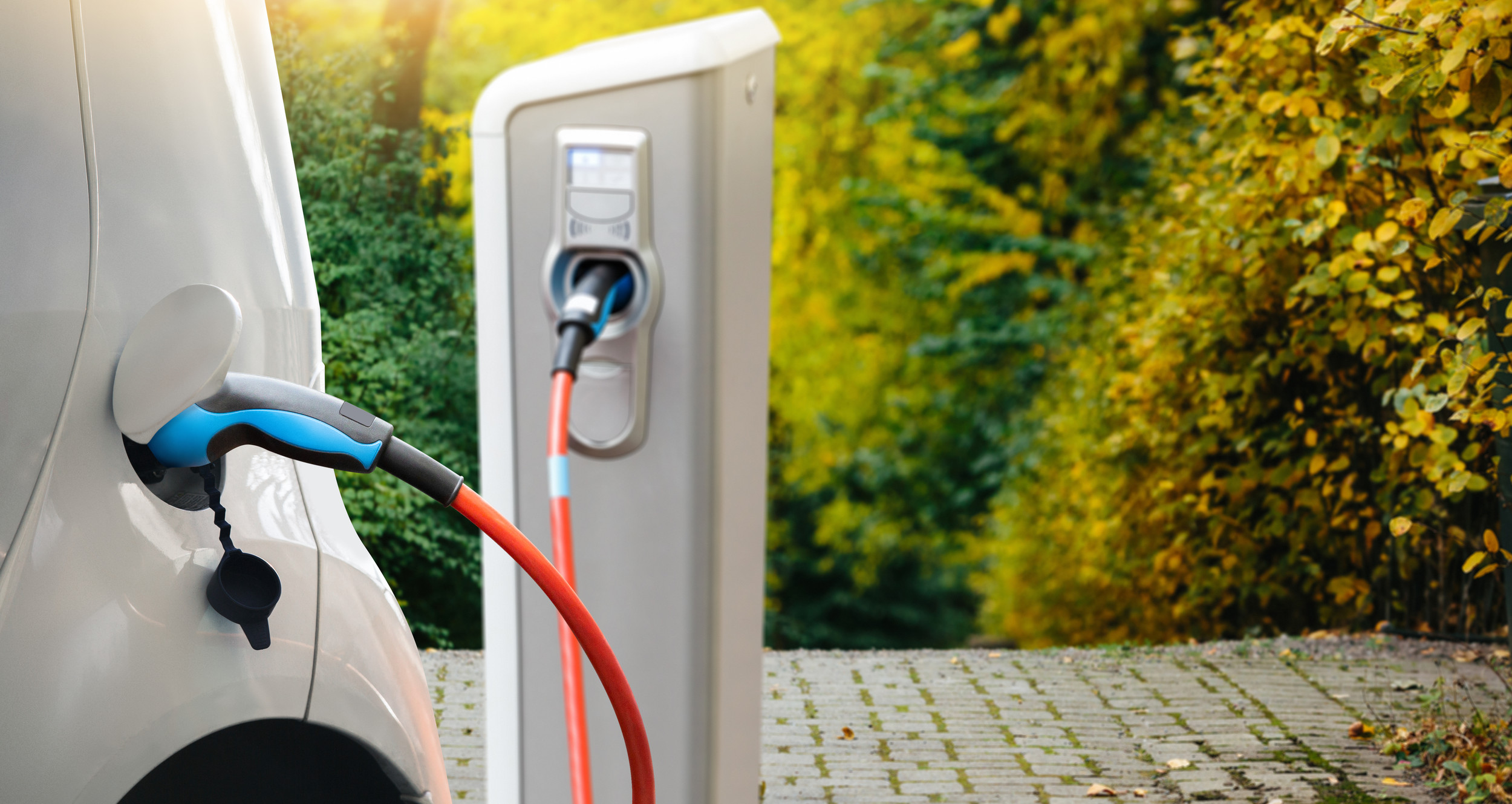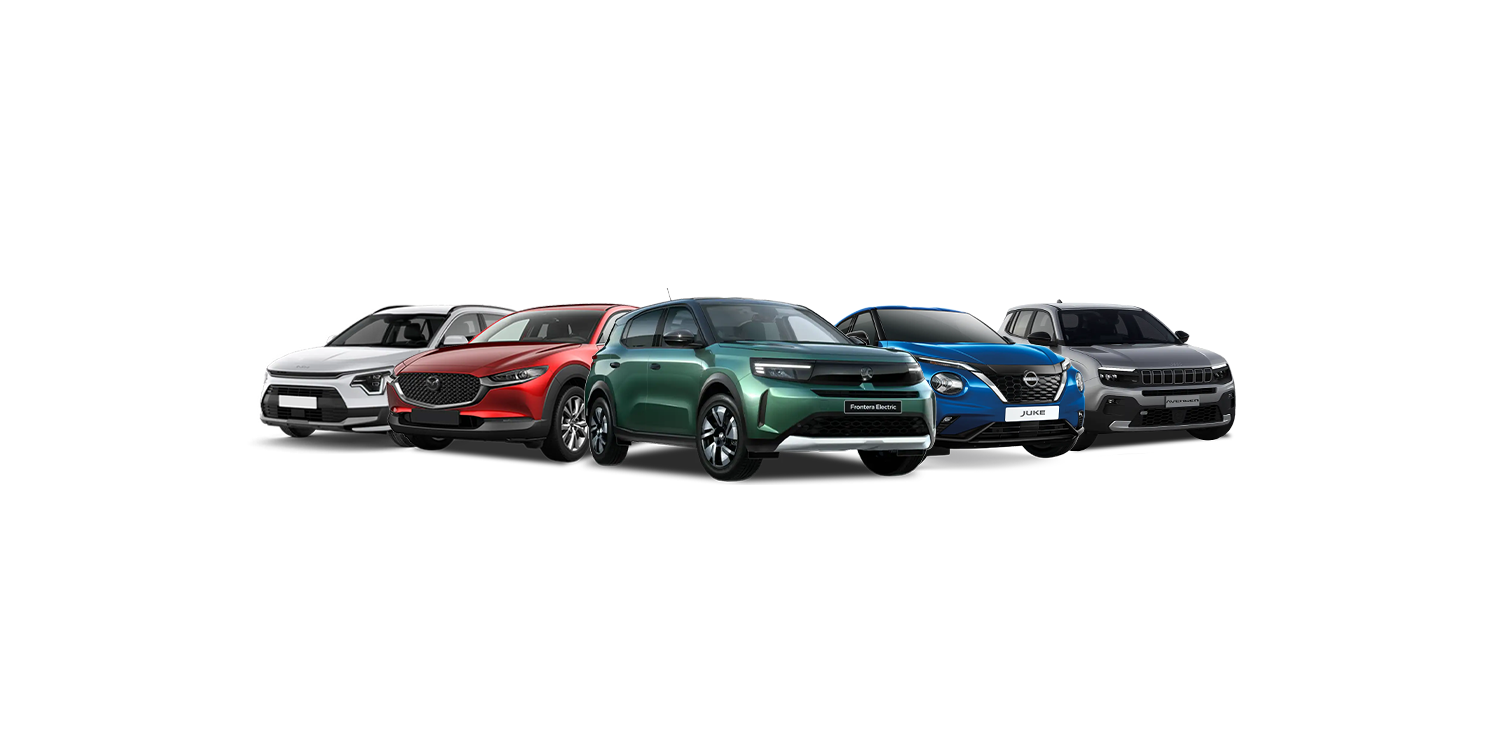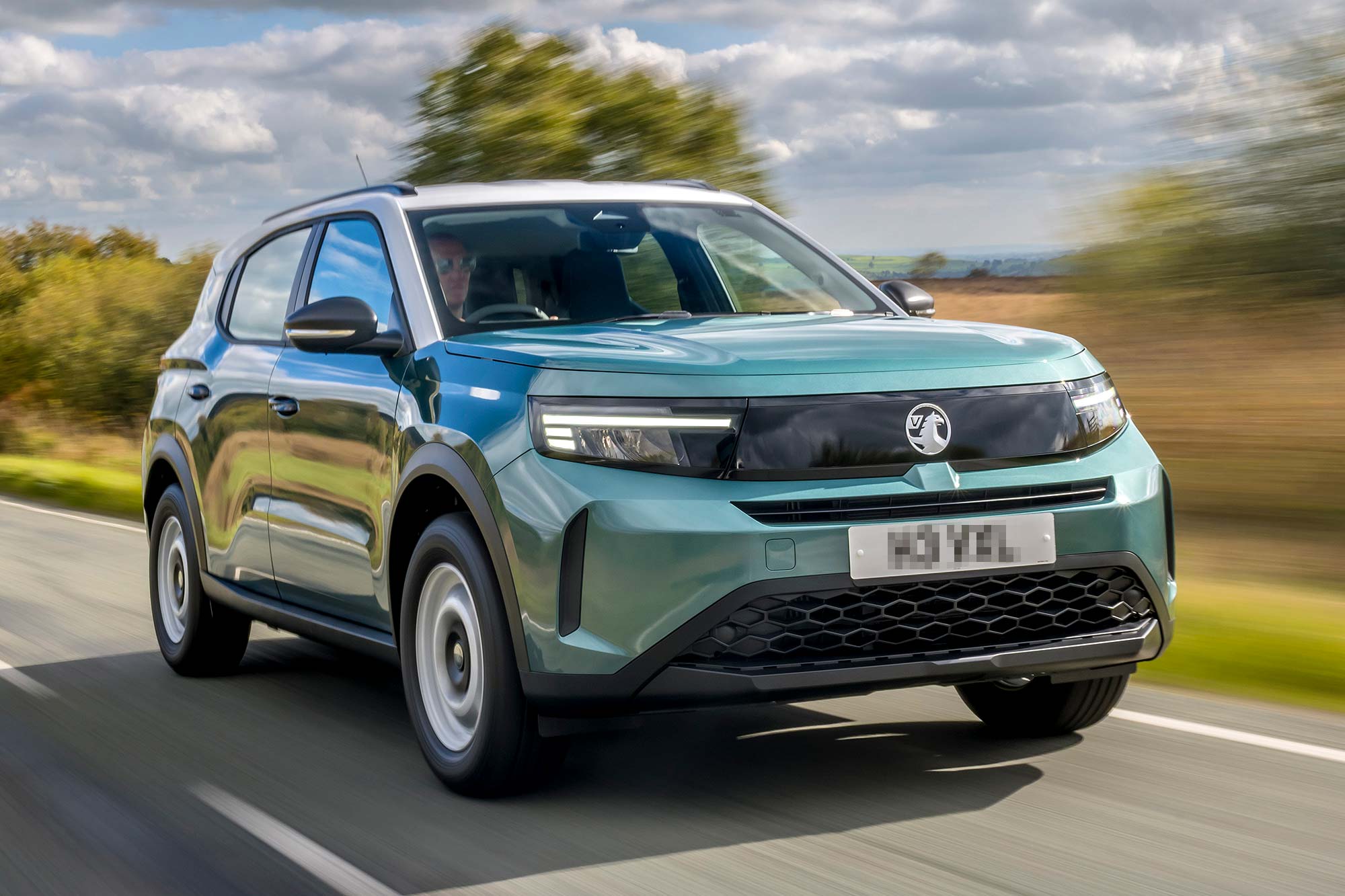Many of us are used to how petrol and diesel cars work, and when looking for a new car we know that we need to check the size of the engine, its power, fuel consumption, and how far it can go on a full tank. But it’s different for electric vehicles, as they rely on the battery to help power them forward.
In this article, we explain the difference between nominal and usable battery capacity, and what battery numbers mean to help you choose the right electric car for you.
How do electric car batteries work?
Batteries are the powerhouse of an electric car. They’re built to last for the whole life of the car, so if you get an electric car on the Scheme, your battery will last for your whole lease (even if you extend it).
When you charge an electric vehicle (EV), the electricity is stored in the battery. This electricity is then used to power the electric motor, which turns the wheels when you drive.
What’s the size of an EV battery?
If you’re switching from a petrol or diesel car, then it’s easier to understand battery size if you think of it the same way as how big your fuel tank is. The bigger the tank, the further you can drive, and the principle is the same for EV batteries.
The size, or ‘capacity’, of an electric car’s batteries is measured in kilowatt-hours (kWh). The higher the kWh, the larger the battery and the more electricity it can store. If you’re looking at two versions of the same electric car model and one has a larger battery, that means it will have a longer driving range.
Do I need to keep some battery charge in reserve?
Just like a fuel tank, electric car batteries will keep some energy in reserve. This means there’s a difference between the stated ‘battery capacity’ from a manufacturer and the actual amount of the battery that can be used to power your car. You’ll sometimes hear them referred to as ‘nominal battery capacity’ and ‘useable battery capacity’, respectively.
For example, the Peugeot e-2008 has a 54kWh battery, but its useable battery capacity is around 50kWh.
How can I look after my electric car’s battery?
Although EV batteries are built to last the full lifespan of the car, they can degrade and become less effective over time. This is similar to the batteries found in electronic gadgets like smartphones and laptops.
To look after your battery’s health, there are a few good habits you can follow when charging. One of the main things to remember is that you do not need to charge your car every day. Overcharging can actually damage your battery over time.
Instead, focus on charging the car based on the battery percentage, and how much charge you’ll need for your journeys. A good rule of thumb is to not let your charge drop below 20%, and to try to charge to 80% rather than 100% (unless you’re going on a long journey and need the full driving range).
Regular fast charging can also affect the life of a battery, because higher voltage chargers heat the batteries more. But if you have a home chargepoint then it’s easy to stick to slow charging mainly, and just use fast chargers when you’re on the go.
How does an EV’s battery percentage impact driving range?
Your fuel tank in a petrol car might let you drive 500 miles when it’s full, but if you only fill it 80%, then you aren’t going to be able to drive as far. The same is true with an EV set to charge to 80%, although you can often change this in the vehicle’s settings if you need the maximum range for a longer journey.
What’s a good EV battery size?
That depends on your requirements. The 50kWh battery in a Renault Zoe or Vauxhall Mokka Electric will suit most local daily driving needs perfectly, but if you’re going to travel further regularly, a bigger battery like the 64kWh (61.7kWh useable) in the MG4 EV Long Range could be a good choice for you.
When you’re looking for an electric car, you might want to consider if there is a choice of battery sizes. Some car companies offer their models with different size batteries, which allows you to choose the battery size that best suits your needs.
Looking for electric cars on the Scheme?
You can view our full list of EVs available on the Motability Scheme here, so take a look and see what works for you. You’ll find many cars have the same battery size but do not necessarily have the same driving range. Be sure to check out all the details listed, including how far the car should be able to travel on a charge so you know what will work best for you.
About the Scheme
The Motability Scheme makes leasing a car an easy, hassle-free experience. With the Scheme, you can exchange part or all of your qualifying mobility allowance to lease a brand-new vehicle of your choice. Insurance, breakdown assistance, servicing and maintenance are already arranged and included as part of your all-inclusive package.
Related articles
What’s the difference between claimed vs ‘real world’ range for electric cars?
How to get used to driving a new car
Small cars, estates or SUVs: what type of car suits your needs?
![]()
